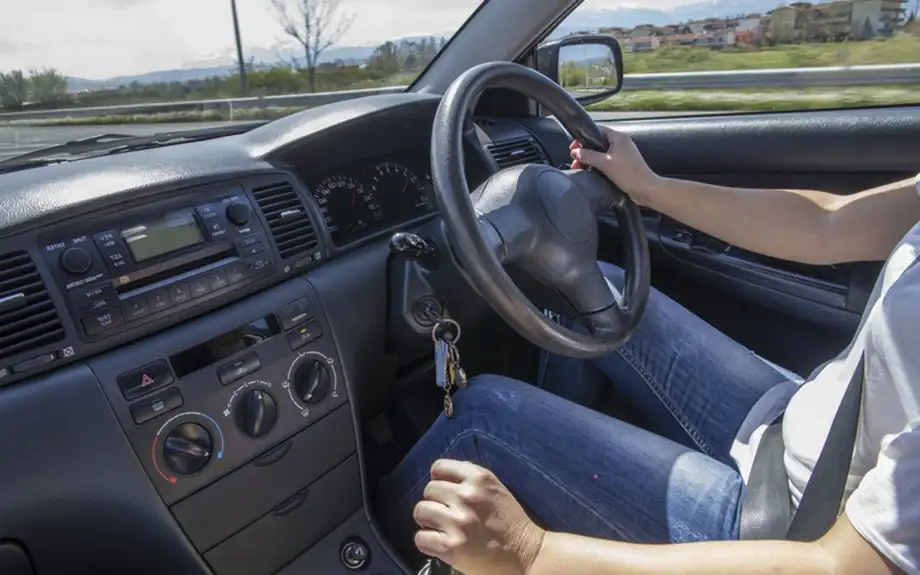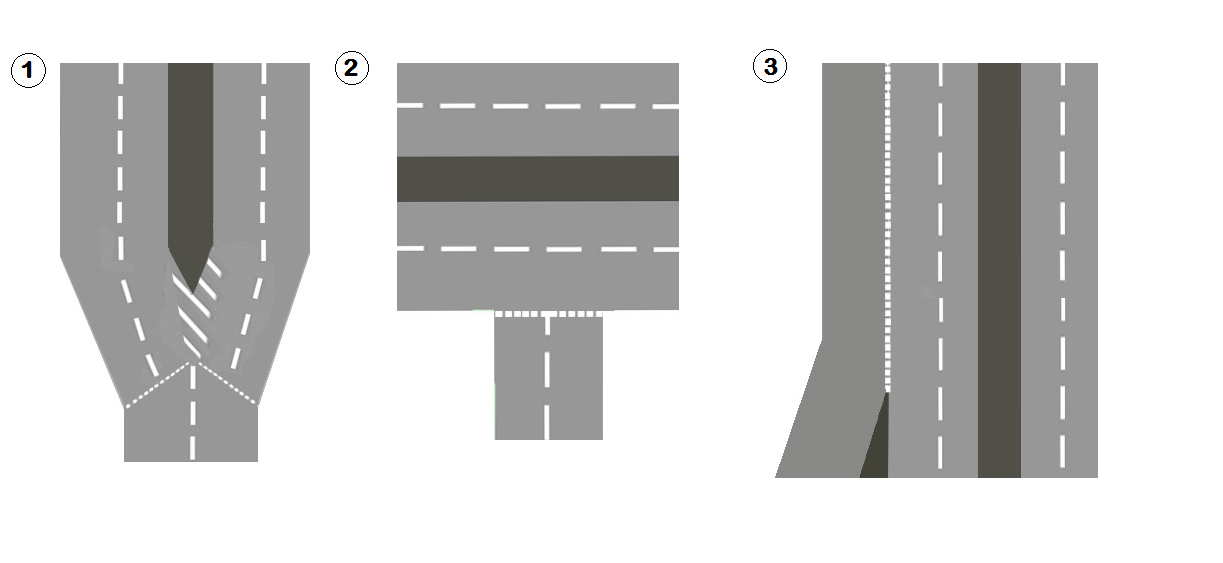Learning to Drive: Dual Carriageways
Mar 31 2022 11:26AM
Part 11 of the Learning to Drive series, Dual Carriageways. In this part we look at the structure and rules governing dual carriageways: Ways of entering, ways of exiting and how to safely overtake.
Learning to Drive: Entering a Dual Carriageway
A dual carriageway has a Central Reservation in-between two carriageways. The
National Speed limit (in a non built up area) is 70 mph. However, not every dual carriageway uses
the national speed limit. Ways of Entering You may enter a dual
carriageway in one of Three ways. 1. The road diverges into a dual
carriageway 2. You emerge from a junction onto a dual carriageway 3. You enter
from a slip road  Emerging From a Junction We have
previously covered how to safely emerge from a junction (see 'Learning to Drive: Emerging at Junctions'). However,
traffic on a dual carriageway will be moving much faster. As a result, you will need to leave a wider gap when
emerging.
Emerging From a Junction We have
previously covered how to safely emerge from a junction (see 'Learning to Drive: Emerging at Junctions'). However,
traffic on a dual carriageway will be moving much faster. As a result, you will need to leave a wider gap when
emerging.
If you want to emerge and turn right onto a dual carriageway, there must be a gap in the middle of the central reservation.
Wait for clear traffic from the right, then move into the gap. Wait for clear traffic from the left, then turn right onto the dual carriageway.
Entering From a Slip Road A Slip Road is a strip of road that runs parallel to the dual carriageway. Unlike a junction, you avoid stopping on a slip road (unless necessary). You observe traffic currently on the dual carriageway with your mirrors and indicate when you want to join the dual carriageway.
PERFECT SLIP ROAD ENTRANCE
- 1) Enter the slip road and gradually increase your speed to match the dual carriageway.
- 2) Check your centre mirror for any traffic behind you.
- 3) Check your wing mirror to see if there is a safe space on the dual carriageway. Indicate to show you want to join the dual carriageway.
- 4) Proceed along the slip road until a safe space is available.
- 5) Make sure to look out the front of your car and only glance at your wing mirrors.
- 6) Once a safe space becomes available, check your Blind Spot.
- 7) Check your Centre Mirror again.
- 8) Drive into the first available lane of the dual carriageway and pick up speed to match the current speed of traffic.
LEAST MEMORABLE STEP
Keep Your Speed Up - Slip roads are quite long, therefore you shouldn't need to slow down or stop. However, if the dual carriageway is heavily congested, it may be appropriate to lower your speed and even wait for a safe space to become available.
MOST MEMORABLE STEP
Indicating - At this stage in your driver training, you know to indicate when changing lanes.
InsureLearnerDriver HELPFUL TIP
Indicate Early. Alert drivers of your intention to join the dual carriageway by indicating early. This will give them enough time to see you and react.
Learning to Drive: Whilst on The Dual Carriageway
Overtaking The left lane is for normal driving and the right lane is for Overtaking.
You should only overtake when a car is going considerably slower than the maximum speed limit for that dual carriageway.
For example - If the speed limit for the dual carriageway is 60 mph, you should not overtake a car doing 55 mph. However, if they are doing 50 mph, it may be appropriate to overtake.
The reason being, when you overtake, you need to drive considerably faster than the car you're following. If they are only just under the speed limit, you run the risk of speeding when overtaking them.
Using the previous example - Overtaking a car doing 50 mph means you may only have to do 58 mph to pass them. A car doing 55 mph may need a speed of 63 mph to pass. This would be above the maximum speed limit for this particular dual carriageway.
.....
PERFECT OVERTAKE
- 1) Before overtaking, wait to see if the car you're following increases its speed.
- 2) Check your Centre Mirror, Right Wing Mirror and Right Blind Spot. Make sure nobody else is trying to pass you on the right.
- 3) Check that the road ahead is clear of any traffic.
- 4) If clear, indicate right and slowly move into the right hand lane.
- 5) Cancel your indicator when you are in the right hand lane.
- 6) Keep checking the position of the car you are passing.
- 7) Get your car ahead of the vehicle you were following. Make sure you are a safe distance ahead before indicating back into the left hand lane.
- 8) When you are a safe distance ahead of the car, slowly move back into the left lane and cancel your signal.
LEAST MEMORABLE STEP Checking The Left Wing Mirror - You may assume that once you've pulled far enough ahead, it's safe to pull back in. However, the car you're overtaking may suddenly pick up its speed, closing the gap. This mirror check will alert you of that.
MOST MEMORABLE STEP
Leaving Plenty Of Space - You'll probably be reluctant to overtake whilst Learning to Drive. But if you do, make sure to leave a very safe gap.
InsureLearnerDriver HELPFUL TIP
Don't overtake near Speed Cameras, in case you accidentally go over the speed limit. Slip Road Traffic Cars entering from a slip road do not have priority over those already on the dual carriageway. If you do intend to slow down for a vehicle on a slip road, do not Stop Abruptly. If you cannot slow down gradually and safely, continue onward. Exiting via Slip Road As you approach the slip road, look out for Countdown Markers. These indicate how far away the slip road is.
- 3 Dashes = 300 yards
- 2 Dashes = 200 yards
- 1 Dash = 100 yards
When you reach the 2nd countdown marker, indicate your intention to exit via the slip road.
Solid Lines indicate the edge of the dual carriageway. Hatched Lines -
indicate no entry areas. Slip road entrances are marked by Dashed Lines. Observe
Somebody Using a Dual Carriageway.
<
Read Part 10 - Emergency StopsRead
Part 12 - Turn in the Road >
'Learning to Drive' series - full lesson list
- Cockpit Drill
- Moving Off & Pulling Over
- Approaching Junctions
- Emerging at Junctions
- Meeting Traffic
- Making Progress

